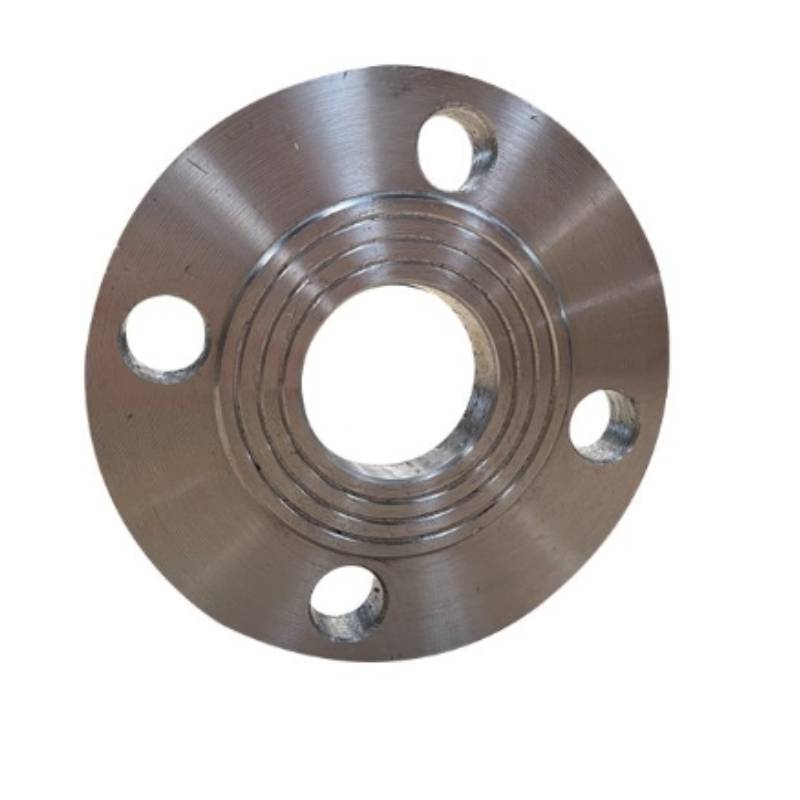-
Cangzhou Yulong Steel Co., Ltd.
-
Phone:
+86 13303177267 -
Email:
admin@ylsteelfittings.com
- English
- Arabic
- Italian
- Spanish
- Portuguese
- German
- kazakh
- Persian
- Greek
- French
- Russian
- Polish
- Thai
- Indonesian
- Vietnamese
- Zulu
- Korean
- Uzbek
- Hindi
- Serbian
- Malay
- Ukrainian
- Gujarati
- Haitian Creole
- hausa
- hawaiian
- Hebrew
- Miao
- Hungarian
- Icelandic
- igbo
- irish
- Japanese
- Javanese
- Kannada
- Khmer
- Rwandese
- Afrikaans
- Albanian
- Amharic
- Armenian
- Azerbaijani
- Basque
- Belarusian
- Bengali
- Bosnian
- Bulgarian
- Catalan
- Cebuano
- China
- China (Taiwan)
- Corsican
- Croatian
- Czech
- Danish
- Esperanto
- Estonian
- Finnish
- Frisian
- Galician
- Georgian
- Kurdish
- Kyrgyz
- Lao
- Latin
- Latvian
- Lithuanian
- Luxembourgish
- Macedonian
- Malgashi
- Malayalam
- Maltese
- Maori
- Marathi
- Mongolian
- Myanmar
- Nepali
- Norwegian
- Norwegian
- Occitan
- Pashto
- Dutch
- Punjabi
- Romanian
- Samoan
- Scottish Gaelic
- Sesotho
- Shona
- Sindhi
- Sinhala
- Slovak
- Slovenian
- Somali
- Sundanese
- Swahili
- Swedish
- Tagalog
- Tajik
- Tamil
- Tatar
- Telugu
- Turkish
- Turkmen
- Urdu
- Uighur
- Welsh
- Bantu
- Yiddish
- Yoruba

Oct . 13, 2024 05:17 Back to list
en1092 1 pn40
Understanding EN 1092-1 PN40 Flanges
In various industries, especially in the oil and gas, chemical, and water treatment sectors, the use of flanges is essential for ensuring tight and reliable connections between pipes and other equipment. One such type of flange that plays a pivotal role in these applications is the EN 1092-1 PN40 flange. This article will explore the specifications, materials, applications, and advantages of EN 1092-1 PN40 flanges.
What is EN 1092-1 PN40?
The EN 1092-1 is a European standard that provides specifications for flanges used in piping systems. The term PN stands for Pressure Nominal, which indicates the pressure rating of the flange. A PN40 rating denotes that the flange can handle a maximum allowable pressure of 40 bar (approximately 580 psi) at a temperature of 20°C (68°F). This makes PN40 flanges suitable for high-pressure applications.
Specifications
EN 1092-1 covers various types of flanges, including those with or without raised faces. These flanges are typically made from a range of materials, including carbon steel, stainless steel, and alloy steels, depending on the requirements of the specific application. The standard outlines the dimensions, tolerances, and markings necessary for manufacturers and users to ensure compatibility and performance.
Flanges in this category are available in different bolt hole configurations and sizes, allowing them to connect with various pipeline components effectively. The flange facing options include flat face, raised face, and ring type joint, which can be selected based on the medium being transported and the connection’s specific requirements.
Applications
EN 1092-1 PN40 flanges are instrumental across numerous sectors. In the oil and gas industry, they are often used in pipelines for transporting crude oil, natural gas, and other hydrocarbons, where high-pressure containment is critical. In chemical processing plants, these flanges can connect reactors, heat exchangers, and other equipment that requires stringent pressure and temperature controls.
Water treatment facilities also utilize PN40 flanges for high-pressure systems that move water through filtration and disinfection processes. Additionally, the power generation sector employs these flanges in steam and water systems, where reliability and safety are paramount.
en1092 1 pn40

Advantages
The use of EN 1092-1 PN40 flanges offers several advantages
1. Versatility These flanges can be used in various applications due to their compatibility with different pipe materials and mediums.
2. High Pressure Handling The PN40 rating allows for the management of high-pressure environments, making them ideal for demanding applications.
3. Standardization Adhering to the EN 1092-1 standard ensures that flanges are manufactured to consistent specifications, facilitating easier procurement and installation.
4. Durability Made from robust materials, these flanges provide long-term performance and can withstand harsh conditions often encountered in industrial settings.
5. Ease of Maintenance The design of PN40 flanges allows for straightforward maintenance, ensuring operators can easily replace or repair connections as needed.
Conclusion
In conclusion, EN 1092-1 PN40 flanges are a crucial component in many industrial systems, providing reliable and robust connections under high pressure. Their standardization and versatility make them a preferred choice for engineers and project managers aiming to achieve safe and effective piping solutions. Understanding the specifications and applications of these flanges is essential for optimizing performance in demanding environments.
Latest news
-
ANSI 150P SS304 SO FLANGE
NewsFeb.14,2025
-
ASTM A333GR6 STEEL PIPE
NewsJan.20,2025
-
ANSI B16.5 WELDING NECK FLANGE
NewsJan.15,2026
-
ANSI B16.5 SLIP-ON FLANGE
NewsApr.19,2024
-
SABS 1123 FLANGE
NewsJan.15,2025
-
DIN86044 PLATE FLANGE
NewsApr.19,2024
-
DIN2527 BLIND FLANGE
NewsApr.12,2024
-
JIS B2311 Butt-Welding Fittings LR/SR 45°/90° /180°Seamless/Weld
NewsApr.23,2024











